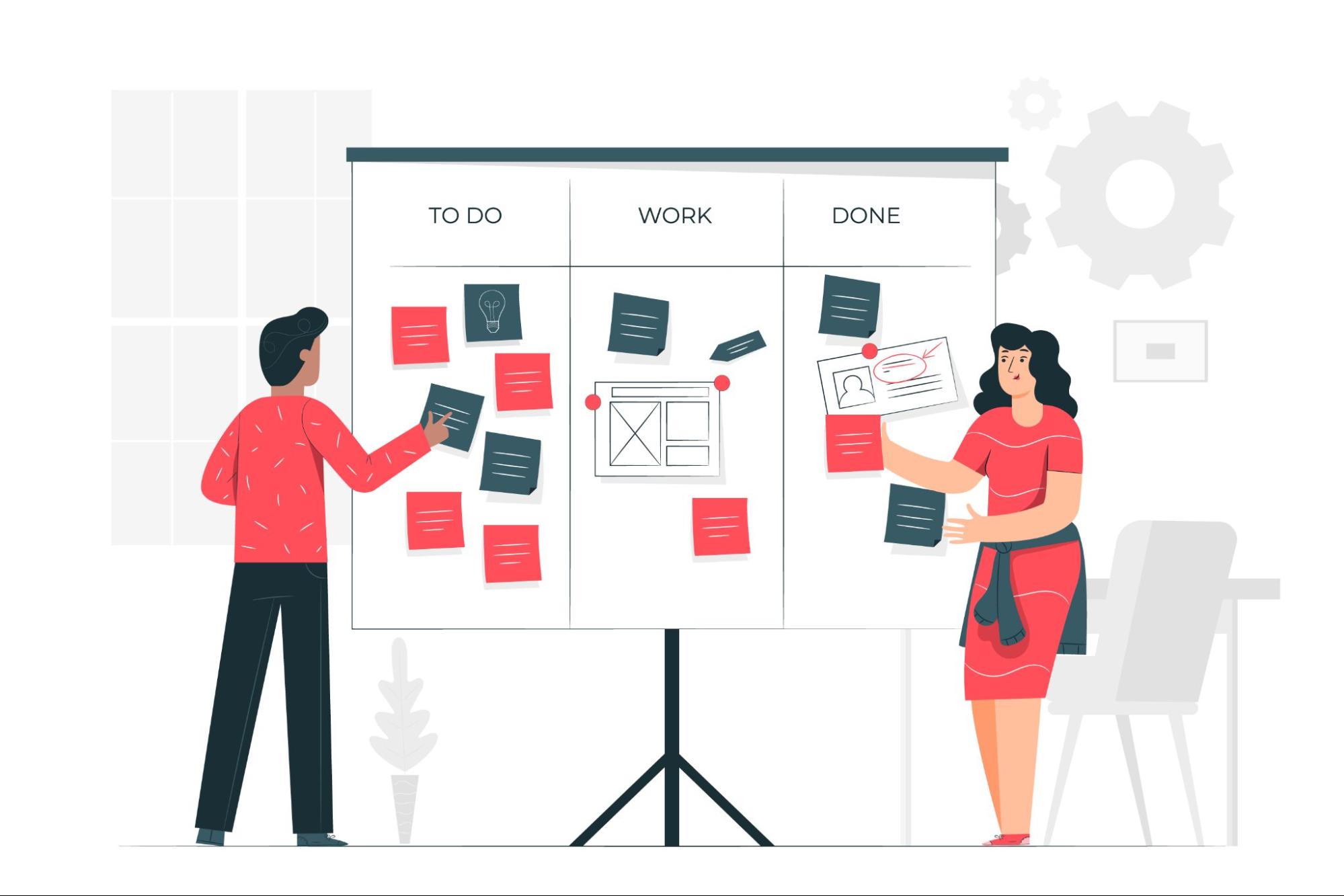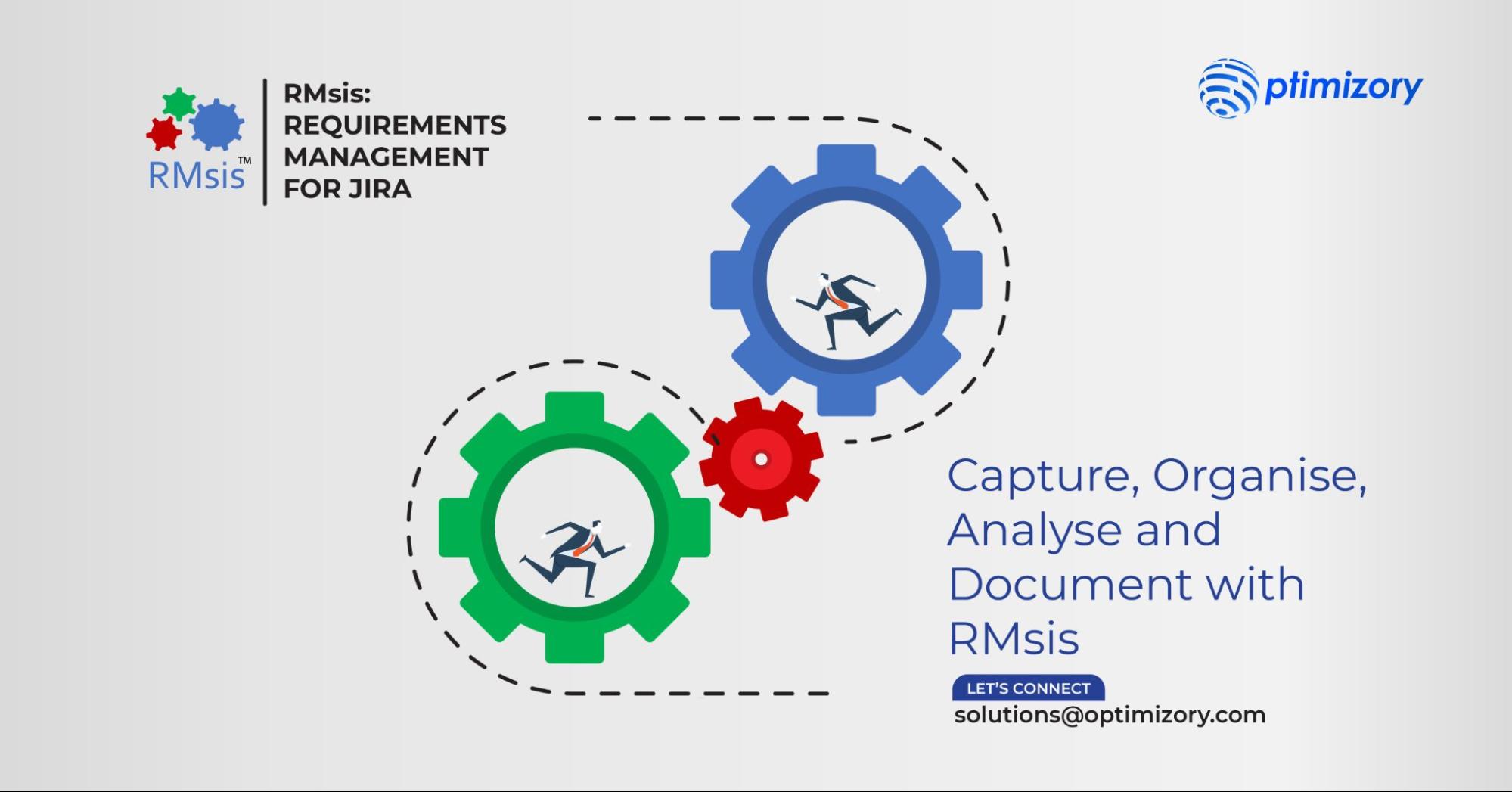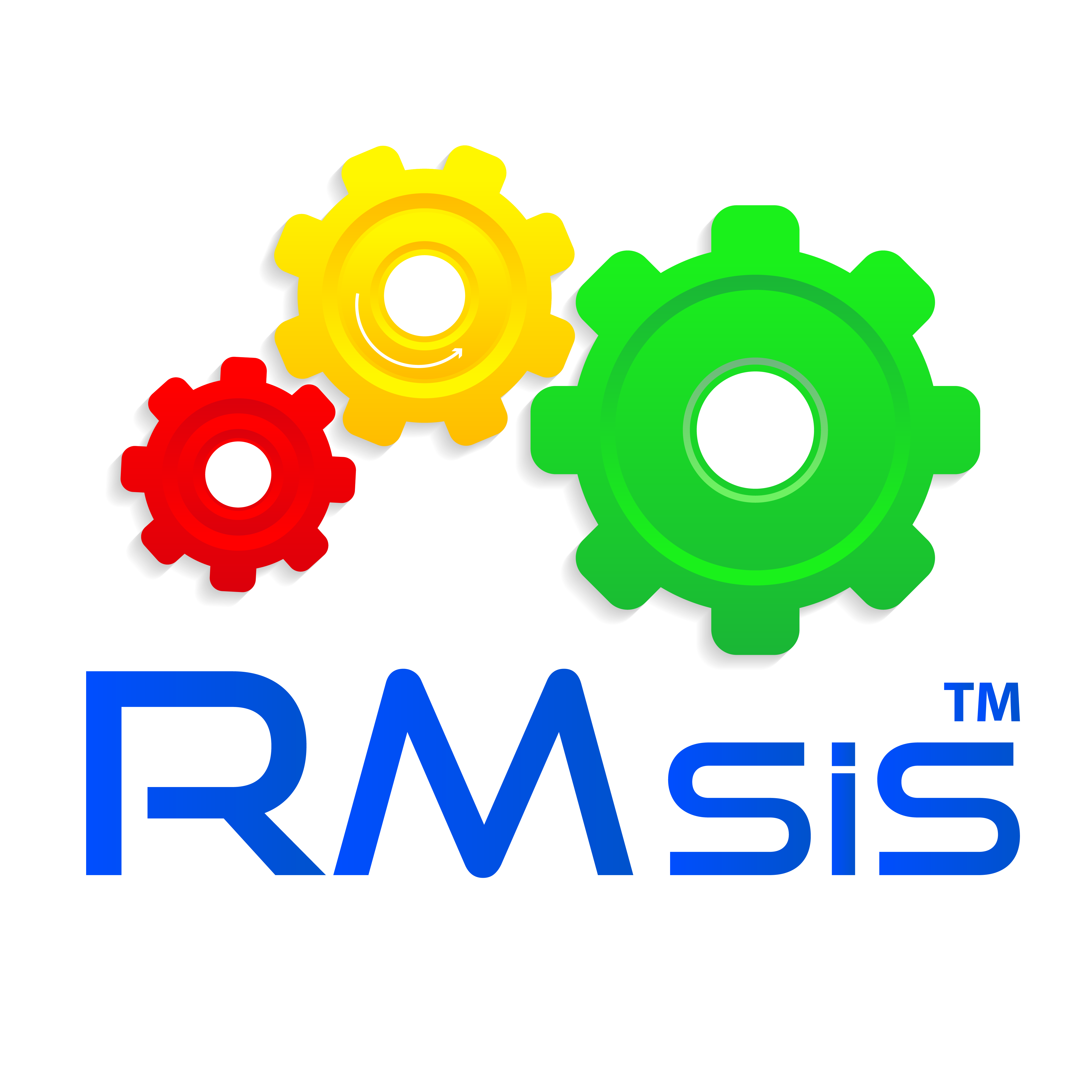

Managing projects looks different for everyone. Some prefer using their email inbox as a to-do list, while others are more visual, relying on Kanban boards or calendar views. Then some stick to good old pen and paper.
While these methods might work for individuals, things change when it comes to team collaboration. A versatile project management tool becomes essential—one that caters to diverse preferences and helps streamline team efforts. With many teams still working remotely, having a reliable task management app is crucial to tracking progress, facilitating collaboration, and ensuring clear communication.
The best part? You don't have to spend a dime. Free project tracking software offers the flexibility to organize tasks, engage with stakeholders, and maintain visibility across projects—all at no cost.

Finding the right project management tool can make a huge difference in how efficiently you manage your tasks. Here are eight of the best free project management tools available today:
When evaluating free project management tools, consider the following key criteria:
Each tool was evaluated based on these criteria, including the signup process, onboarding, project creation, task management, view options, user invitations, and unique features like time tracking and AI capabilities.
The listed tools are well-suited for those who prioritize web accessibility. However, if desktop applications are preferred, consider ProjectLibre and GanttProject, which serve as powerful alternatives to Microsoft Project.

For top project management solutions, several free options stand out in 2024.

Pros
Cons
Overview
RMsis is an exceptional tool tailored specifically for managing project requirements. It stands out with its robust feature set designed to streamline requirement gathering, documentation, and tracking. Whether you're working on a complex project or a simpler task, RMsis ensures that all your requirements are well-organized and thoroughly documented.
The platform offers key functionalities such as:
RMsis’s intuitive interface makes it easy to manage and oversee requirements, ensuring that all project needs are clearly defined and met. The free plan provides essential tools for effective requirement management, which is ideal for teams focused on meeting detailed project specifications.
Pricing
RMsis offers a Free Plan that includes essential features such as requirement traceability, version control, and reporting for effective basic requirement management. For more advanced needs, Paid Plans start at $10/user/month and provide additional functionalities like enhanced integrations, extra user roles, and premium support options.
Pros
Cons
Advanced user and team management features require a paid upgrade
Overview
Trello is a straightforward project management tool designed for organizing projects using Kanban boards. Its generous free plan supports up to 10 boards per workspace with unlimited users, making it suitable for both individual freelancers and larger teams. Freelancers can easily track personal tasks, while teams can develop comprehensive workflows with full project visibility.
You can start by creating a new board or selecting from a variety of templates tailored for marketing, sales, design, and more. Customize your boards with lists representing different stages or components of your project, such as to-do, doing, and done, or development, design, and distribution. Tasks are added as visual cards in each list, where you can include labels, due dates, members, checklists, images, attachments, and comments for streamlined management.
As tasks progress, simply drag the cards between lists to reflect their status. The activity menu helps you monitor comments and tasks related to you or that you’re following.
Pricing
The free plan offers unlimited cards and members, 10 boards per workspace, unlimited Power-Ups, and 250 automated commands per month. The Standard plan, which offers additional features like unlimited boards, custom fields, advanced checklists, and up to 1,000 automated commands monthly, is available for $5 per user per month (billed annually).
Pros
Cons
Overview
If your to-do list needs an upgrade to manage team projects effectively, Asana is a robust solution. This free project management software allows you to break down projects into sections and sub-lists, complete with dashboards that track project progress. Asana transforms your traditional to-do list into a powerful collaborative tool, enabling team members to manage and complete tasks efficiently.
Asana's flexibility extends beyond project tasks; you can create additional lists for personal tasks or items that don't fit into specific projects. The “My Tasks” view helps you easily track and prioritize your responsibilities.
Pricing
The free Basic plan offers unlimited projects, tasks, and storage for up to 15 users, with list, board, and calendar views included. For advanced features such as Gantt and timeline views, detailed reports, and upcoming AI enhancements, the Premium plan is available for $10.99 per user per month (billed annually).
Pros
Cons
Overview
Unlike many project management tools that offer a limited selection of task views, ClickUp stands out with its wide array of options. It provides 11 different task views, such as Gantt charts and mind maps, along with 4 page views, including Chat, Doc, and Embed. This versatility allows for detailed customization of your project management experience.
ClickUp also offers highly customizable dashboards, where you can select from over 20 widgets to highlight essential project information. The revamped task details screen simplifies viewing, creating subtasks, and attaching files and even includes built-in time tracking.
While the setup process might be more involved than that of simpler tools like Trello, the extensive customization options make ClickUp a powerful choice—especially since the free plan provides access to many of its features.
Pricing
The free plan offers unlimited tasks and users, 100MB of storage, and up to 60 uses of Gantt charts, mind maps, dashboards, and timeline views. For additional features, the Unlimited plan is available for $7 per user per month. It provides unlimited access to list, board, calendar, and Gantt views, along with expanded dashboards and enhanced permissions.
Pros
Cons
Overview
For those who prefer the organized structure of a spreadsheet, Wrike is an excellent choice. Its interface mimics a spreadsheet, allowing you to track task details with column-based flexibility. This setup is ideal for users who like managing projects with a tabular view and want to maintain a high level of detail.
Wrike facilitates easy task status updates, including options for in-progress, on-hold, canceled, or completed tasks. Project statuses can also be categorized by color-coded indicators such as green, yellow, red, on hold, or canceled, making project tracking straightforward and intuitive.
While Wrike’s free plan provides solid functionality, some of its more advanced features, like time tracking, Gantt charts, and custom dashboards, are reserved for premium plans. However, Wrike is designed to scale with your needs, offering robust tools to support both small projects and large-scale operations as your business grows.
Pricing
The free plan includes unlimited projects for unlimited users. For additional features such as Gantt charts and shareable dashboards, the Team plan is available for $9.80 per user per month (billed annually).
Pros
Cons
Overview
ActiveCollab is an excellent choice for freelancers and small agency teams who need a comprehensive tool for managing client projects, invoicing, and time tracking. It offers a centralized platform to handle project tasks, financials, and client interactions all in one place.
With ActiveCollab, you can estimate and track time for tasks, mark tasks as billable, and manage expenses directly within the task details. The user permissions are designed to facilitate client involvement without compromising confidentiality—just use the "Hidden from clients" option to control what clients can see or opt for the Client+ add-on for more interactive client roles.
The platform also features tools for managing team workload and generating reports on client invoices, payments, and project progress. Although the free plan includes essential functionalities like unlimited projects and tasks for up to 3 members, more advanced features such as Gantt and calendar views are available with the Plus plan.
Pricing
The free plan supports unlimited projects and tasks for up to 3 members, with features including task dependencies and list/Kanban views. The Plus plan, which includes additional features like Gantt charts, calendar views, project templates, and recurring tasks, is available for $9.50 per month (for 3 members).
Pros
Cons
Overview
Jira stands out as a premier choice for Agile and Scrum software development teams. Its robust feature set is tailored to meet the needs of developers and engineers, offering specialized tools for managing and tracking Agile workflows.
Upon signing up, Jira’s onboarding process assesses your team’s project needs and experience level to recommend an appropriate project methodology and template. For Scrum projects, you can organize work into epics on the Roadmap page, add issues to your backlog, and assign them to sprints. Project tracking is conducted via a customizable Scrum board, where you can manage task details and statuses.
Jira excels in integrating with other essential development tools such as GitHub, GitLab, Sentry, and Jenkins, streamlining your development processes and backlog management. While the free plan is limited to 10 users and lacks advanced user permissions, it remains ideal for smaller or self-contained development teams.
Pricing
The free plan provides unlimited projects on a single site, supports up to 10 users, and includes both Scrum and Kanban boards. For additional features like advanced user permissions and 250 GB of file storage, consider upgrading to the Standard plan at $7.75 per user per month.
Pros
Cons
Overview
Height offers an impressive suite of AI-driven features, making it a standout choice for those looking to leverage artificial intelligence in project management. While many project management tools incorporate AI, Height delivers genuinely useful capabilities without requiring a paid plan.
One of its key features, Copilot, is currently in beta and promises exciting enhancements in the upcoming Height 2.0 release. Even now, Copilot can generate summaries of task chat histories, create subtasks from chat messages, automatically detect duplicate tasks, and suggest improvements. These features set Height apart from other tools, which may not yet offer such advanced AI integration.
The free plan is exceptionally generous. It provides unlimited users, tasks, and four distinct view options: spreadsheet, calendar, Kanban, and Gantt. You also get 100 automation runs per month and full access to Copilot.
Pricing
The free plan includes unlimited tasks and users, access to all four view options, and 100 automation runs each month. For additional features such as unlimited lists, custom attributes, and enhanced file uploads, consider upgrading to the Team plan at $6.99 per user per month.
With countless online project management tools available, many of which advertise "free" plans that come with hidden limitations, finding truly free project planning software can be a challenge. The best options allow you to manage your projects effectively without any cost and can scale with additional features as your needs evolve. The great thing about free best management project software is that it’s entirely free to explore—so you can test out different tools, determine what works best for you, and upgrade only if you need more advanced functionalities.

Most mature requirements management application for Jira.